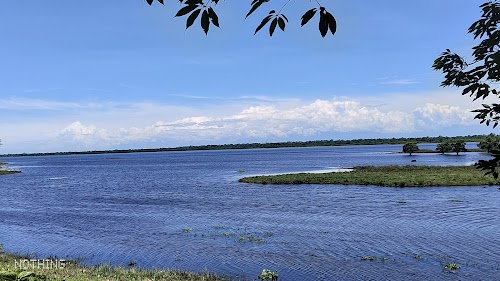
Laokhowa Wildlife Sanctuary
Nagaon, India
- Bird watching along the Brahmaputra.
- Elephant ride through the sanctuary.
- Jeep safari for wildlife viewing.
- Nature photography of flora and fauna.
- Visit nearby villages for cultural experience.
Known for:
Description:
Laokhowa Wildlife Sanctuary, situated on the southern bank of the Brahmaputra River in Nagaon district, Assam, is a haven for wildlife enthusiasts and nature lovers. This sanctuary is primarily known for its rich population of the Indian rhinoceros, alongside a diverse range of flora and fauna. The landscape consists of grasslands, woodlands, and swamps, creating a diverse ecosystem that supports various species. Birdwatchers will be delighted by the numerous avian species found here, including migratory birds. While the sanctuary offers a serene escape into nature, it's important to note that infrastructure is basic, and wildlife sightings can be unpredictable. Visitors can explore the sanctuary through jeep safaris or elephant rides, offering unique perspectives of the landscape and its inhabitants. Remember to carry essentials like water, sunscreen, and insect repellent for a comfortable experience. The sanctuary is a vital conservation area, playing a crucial role in protecting the region's biodiversity.
History:
Laokhowa Wildlife Sanctuary was officially declared in 1983, aiming to protect the dwindling population of the one-horned rhinoceros and other endangered species. The area had historically been a prime grazing ground for wildlife, but increasing human encroachment and poaching activities threatened its biodiversity. The establishment of the sanctuary was a significant step towards conserving this vital ecosystem. Over the years, the sanctuary has faced challenges, including floods, habitat degradation, and human-wildlife conflict. Conservation efforts have focused on habitat restoration, anti-poaching measures, and community involvement. While the rhino population has seen fluctuations, the sanctuary remains a crucial refuge for these magnificent creatures. Ongoing research and monitoring programs contribute to a better understanding of the sanctuary's ecology and the effectiveness of conservation strategies. The sanctuary's history reflects the ongoing struggle to balance conservation with the needs of local communities.